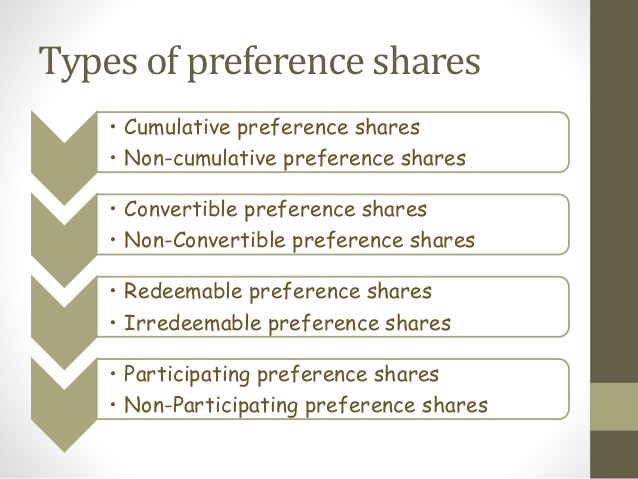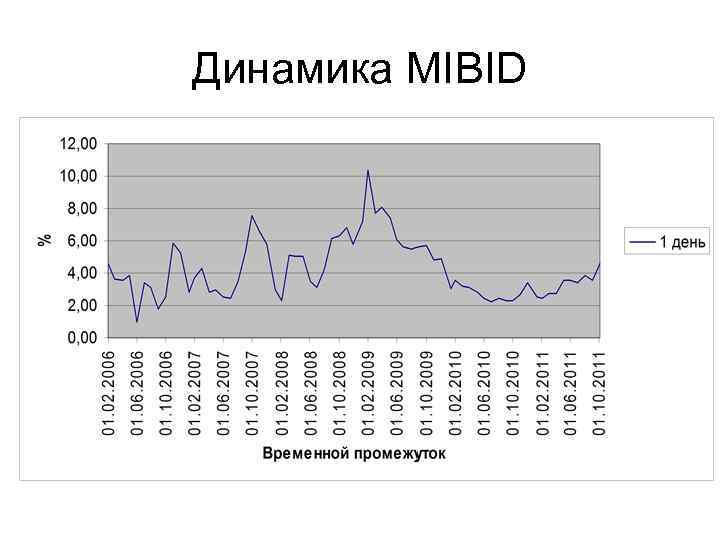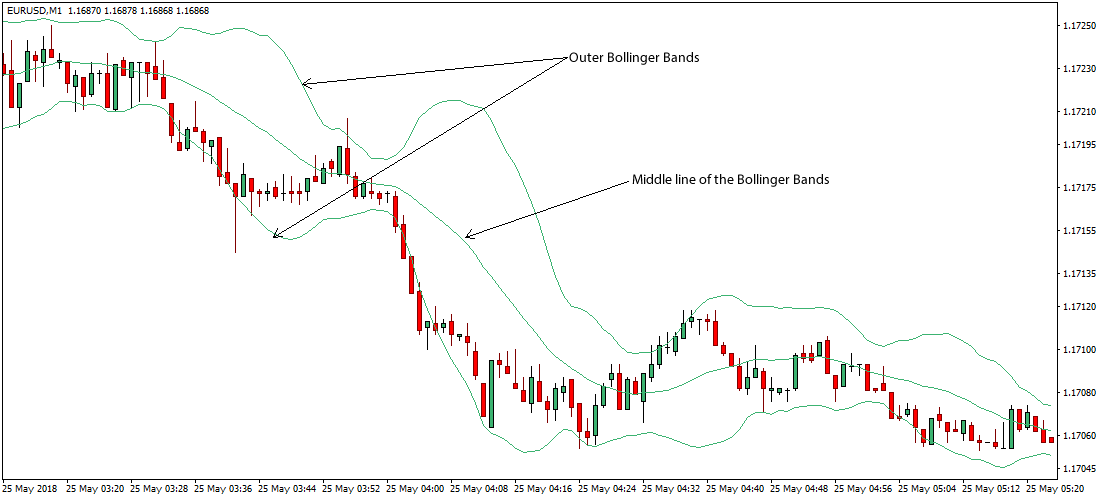
In the linear relationship definition, when the value of variable x changes, y also changes proportionally. There are never more than two variables in a linear relationship. A linear relationship is also sometimes called a linear association. A linear relationship (or linear association) is a statistical term used to describe a straight-line relationship between two variables.
- However, the calculation of the correlation (r) is not the focus of this course.
- Some data describe relationships that are curved (such as polynomial relationships) while still other data cannot be parameterized.
- It is commonly used in extrapolating events from the past to make forecasts for the future.
- If you get a straight line and you’ve done everything correctly, you know it is a linear relationship.
Based on ac magnetic susceptibility and specific heat measurements, El Massalami et al. (1998a) claimed that they observed superconductivity in CeNi2B2C with Tc of about 0.1 K, which, however, has never been reproduced. The knowledge of Vfb allows determination of φsc at given V [see Eq. Assuming that the SC/ME contact is low ohmic, so that the corresponding capacitance is short-circuited, and that the surface area of the contact ME/EL is sufficiently large, so that, according to Eq. (38), the corresponding capacitance can be neglected, the only capacitance to be considered is that of the SC/EL junction. To minimize this function, we can use any of the methods discussed previously. Table 11.4 shows the iteration history with the conjugate gradient method available in IDESIGN (Arora and Tseng, 1987a,bArora and Tseng, 1987aArora and Tseng, 1987b).
Exploring the Meaning of a Linear Relationship
He did a quick scatter plot and while visually it doesn’t appear to be a strong linear relationship, the r value of 0.69 showed it to be relatively strong. The scatter plot below shows the output from his statistical software. If your X goes up one unit and your Y goes up one unit we would say your linear relationship would have a positive correlation. If your X went up one unit and your Y went down one unit, you would have a negative correlation. The two scatter plots below show a perfect positive and negative linear relationship or correlation. I have two variables which don’t show much correlation when plotted against each other as is, but a very clear linear relationship when I plot the logs of each variable agains the other.
A brighter shade of future climate on Himalayan musk deer Moschus … – Nature.com
A brighter shade of future climate on Himalayan musk deer Moschus ….
Posted: Mon, 07 Aug 2023 09:36:02 GMT [source]
Here, the slope is a constant that never changes, called the constant of proportionality. Whether you need help solving quadratic equations, inspiration for the upcoming science fair or the latest update on a major storm, Sciencing is here to help. The slope of the Mott–Schottky plot yields the donor density ND, provided that ε and the surface area of the electrode are known (remember that C is the capacitance per unit area). Depending on the variability in the available data, many other functions may be used for q(x) in Eq.
Sciencing_Icons_Exponents & Logarithms Exponents & Logarithms
If the slope is positive, then there is a positive linear relationship, i.e., as one increases, the other increases. If the slope is negative, then there is linear relationship meaning a negative linear relationship, i.e., as one increases the other variable decreases. If the slope is 0, then as one increases, the other remains constant.
When one variable, x, changes, then the other variable, y, also changes proportionally. As its name suggests, a linear relationship is any equation that, when graphed, gives you a straight line. Linear relationships are beautifully simple in this way; if you don’t get a straight line, you know you’ve either graphed it wrong or the equation is not a linear relationship.

This article contains general legal information but does not constitute professional legal advice for your particular situation. The Law Dictionary is not a law firm, and this page does not create an attorney-client or legal adviser relationship. If you have specific questions, please consult a qualified attorney licensed in your jurisdiction. (11.50) by (1) the graphical method, (2) the analytical method, and (3) the conjugate gradient method. In order to get a better sense for how the value of r relates to the strength of the linear relationship, take a look the following applets. Since our y-axis represents distance, the steeper the slope, the greater the distance per unit of time that is being traveled.
Publisher Summary
A syzygy module of this syzygy module is a second syzygy module of M. Continuing this way one can define a kth syzygy module for every positive integer k. An elementary school teacher gives her students two spelling tests a year. Each test contains 24 words, and the score is the number of words spelled correctly.
Macrocyclization of linear molecules by deep learning to facilitate … – Nature.com
Macrocyclization of linear molecules by deep learning to facilitate ….
Posted: Fri, 28 Jul 2023 13:13:38 GMT [source]
A linear relationship exists when two quantities are proportional to each other. If you increase one of the quantities, the other quantity either increases or decreases at a constant rate. For example, if you get paid $10 an hour, there is a linear relationship between your hours worked and your pay. Working another hour always results in a $10 pay increase, regardless of how many hours you already worked. In this chapter we will analyze situations in which variables x and y exhibit such a linear relationship with randomness.
Differentiating Linear and Nonlinear Relationships
This problem can be solved in a closed form by writing the optimality condition and solving the resulting system of two linear equations. The term linear relationship seems to infer a relationship that would follow a line, hence the term linear. You can also have a curvilinear relationship that would follow a curve. While there are more than two variables in this equation, it’s still a linear equation because one of the variables will always be a constant (distance). This is identical to the given formula for a linear relationship except that the symbol f(x) is used in place of y. This substitution is made to highlight the meaning that x is mapped to f(x), whereas the use of y simply indicates that x and y are two quantities, related by A and B.
- The concept of a linear relationship between two variables usually comes up in the context of simple linear regression.
- There are never more than two variables in a linear relationship.
- This is an example of how changing the units of measurement of the response variable has no effect on r, but as we indicated above, the same is true for changing the units of the explanatory variable, or of both variables.
- For example, linear as well as nonlinear equations can be solved with unconstrained optimization methods.
Notice that the Y-values have changed, but the correlations are the same. This is an example of how changing the units of measurement of the response variable has no effect on r, but as we indicated above, the same is true for changing the units of the explanatory variable, or of both variables. A linear relationship is a relationship between two variables that when graphed forms a straight line. Often, the two variables in linear relationships are termed x and y.
For a directly proportional relationship, we call this the constant of proportionality. If a bicycle made for two was traveling at a rate of 30 miles per hour for 20 hours, the rider will end up traveling 600 miles. Represented graphically with the distance on the Y-axis and time on the X-axis, a line tracking the distance over those 20 hours would travel straight out from the convergence of the X and Y-axis.
The last two variables, x and y, are the coordinates for any point on the curve. When scientists are working on an experiment, they are often collecting large sets of data. In order to understand what all the numbers mean in these sets of data, it helps to find a way to visualize them. With a graph, we can look at the two sets of numbers forming our data points and try to figure out a relationship between them. Linear relationships are common and occur in many everyday situations. For example, if a person makes $20 an hour working, then their payment (y) increases proportionally with every hour worked (x).
However, the calculation of the correlation (r) is not the focus of this course. We will use a statistics package to calculate r for us, and the emphasis of this course will be on the interpretation of its value. Adam Hayes, Ph.D., CFA, is a financial writer with 15+ years Wall Street experience as a derivatives trader. Besides his extensive derivative trading expertise, Adam is an expert in economics and behavioral finance. Adam received his master’s in economics from The New School for Social Research and his Ph.D. from the University of Wisconsin-Madison in sociology.
If we look at our equation of a line from before, we can see that this conversion equation is in the exact same form, where 9/5 is the slope and 32 is the y-intercept. When we graph a range of Fahrenheit temperatures vs. Celsius temperatures, we can see that it does indeed form a linear relationship. When analyzing behavioral data, there is rarely a perfect linear relationship between variables. However, trend-lines can be found in data that form a rough version of a linear relationship. For example, you could look at the daily sales of ice-cream and the daily high temperature as the two variables at play in a graph and find a crude linear relationship between the two.

Now that we understand the use of r as a numerical measure for assessing the direction and strength of linear relationships between quantitative variables, we will look at a few examples. Even though from this point on we are going to focus only on linear relationships, it is important to remember that not every relationship between two quantitative variables has a linear form. We have actually seen several examples of relationships that are not linear. The statistical tools that will be introduced here are appropriate only for examining linear relationships, and as we will see, when they are used in nonlinear situations, these tools can lead to errors in reasoning. In econometrics, linear regression is an often-used method of generating linear relationships to explain various phenomena.
II.A At the Microscopic Level
If we want to provide a measure of the strength of the linear relationship between two quantitative variables, a good way is to report the correlation coefficient between them. The relationship does not seem to be perfectly linear, i.e., the points do not fall on a straight line, but it does seem to follow a straight line moderately, with some variability. To define a useful model, we must investigate the relationship between the response and the predictor variables. As mentioned before, the focus of this Lesson is linear relationships.

(11.48), such as higher-order polynomials, logarithmic functions, exponential functions, and the like. This might be a good place to comment that the correlation (r) is “unitless”. The following table gives examples of the kinds of pairs of variables which could be of interest from a statistical point of view. Suppose we took a sample from students at a large university and asked them about their height and weight. Let’s visualize what a slope of 1/2, for example, would look like on our graph. This would mean that for every 1 unit we move vertically on the graph, we move horizontally 2 units.
We can see that in both cases, the direction of the relationship is positive and the form of the relationship is linear. Recall that the strength of a relationship is the extent to which the data follow its form. In linear algebra, a linear relation, or simply relation, between elements of a vector space or a module is a linear equation that has these elements as a solution. In a directly proportional relationship, our slope is a constant, meaning it is a number that never changes.